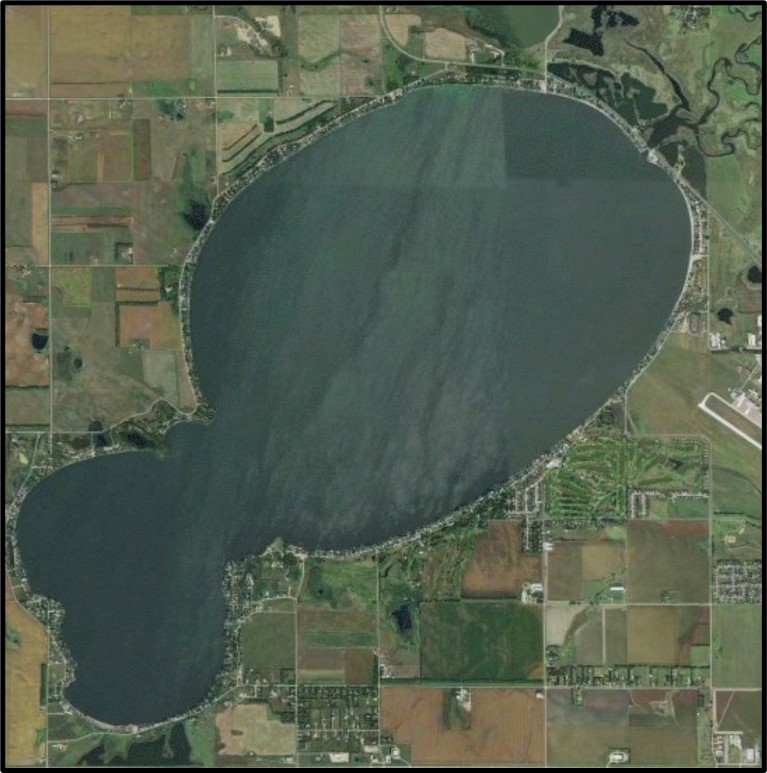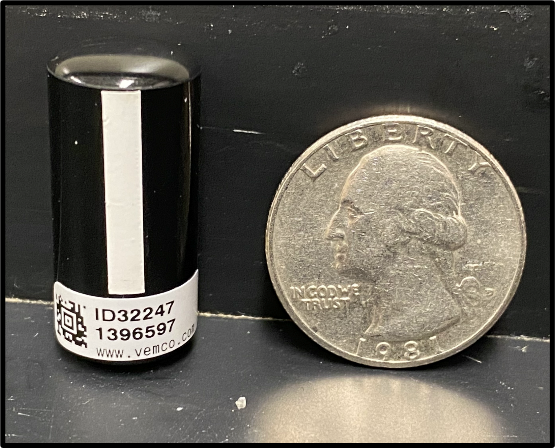Value of Wetlands for Walleyes
Logan Cutler holding two walleyes collected from the wetland complex adjacent to Lake Kampeska and surgically implanted with acoustic transmitters to monitor their movements.
- In conjunction with the South Dakota Department of Game, Fish and Parks, South Dakota State University graduate student Logan Cutler recently completed research examining how Walleye in Lake Kampeska use wetland habitats associated with the lake.
- Logan’s project included walleye prey surveys, diet analyses, and acoustic telemetry.
- Prey fish diversity and abundance were greater in wetland habitats, contributing to generally more prey consumed by walleyes inhabiting the wetland.
- Walleyes used wetland habitats least during the spring when lake habitats were likely better for spawning.
- Walleye also appeared to thermoregulate by moving into the wetland when it was either a similar temperature to the lake or cooler than the lake.
- Walleye used the wetland more when the lake was warm and similar in temperature to the wetland.

Lake Kampeska and the connected wetland complex (area circled in yellow) studied to determine the importance of wetland connections for walleye.
- Walleye crossed between habitats more often when water temperatures were similar.
- A bioenergetics framework used walleye dier and movement data to examine how wetland use impacts walleye growth.
- Walleyes that used the wetland more in the summer and fall exhibited greater growth rates than fish that tended not to use the wetland.

Picture showing the size of an acoustic transmitter surgically implanted into 50 walleyes to monitor their movements in and between Lake Kampeska and the connected wetland complex. Walleye movements were monitored during 2021 and 2022.
Overall, these results show that access to wetland habitats could contribute to improved walleye growth rates. This is likely because of a combination of increased prey abundance and diversity as well as potenital behavioral thermoregulation.


